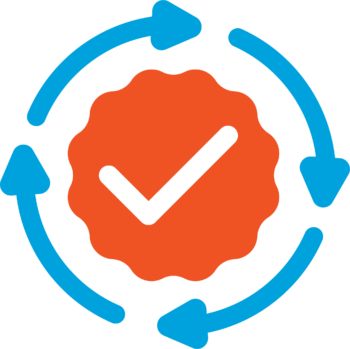As an office manager, fostering a culture of continuous improvement is crucial for maintaining an efficient, adaptable, and thriving workplace. Continuous improvement strategies help you and your team stay ahead of challenges, embrace innovation, and consistently enhance the way you work. By focusing on ongoing growth and development, you can drive your office toward sustained success.
One of the most effective continuous improvement strategies is adopting a Kaizen approach. Kaizen, which means “change for the better” in Japanese, encourages making small, incremental improvements regularly. Instead of waiting for major overhauls, focus on implementing minor tweaks that gradually enhance your processes. For instance, you might streamline a filing system, optimize a scheduling procedure, or refine a communication protocol. By making continuous, small adjustments, you create a work environment that is always evolving and improving.
Another key strategy is employee involvement. Your team members are the ones who carry out daily tasks, so they have valuable into what’s working and what isn’t. Encourage open communication and create channels for employees to share their ideas for improvement. Regularly solicit feedback through surveys, suggestion boxes, or team meetings. When employees feel heard and see their suggestions implemented, they become more engaged and motivated to contribute to the ongoing betterment of the office.
Benchmarking is another powerful strategy for continuous improvement. By comparing your office’s processes and performance against industry standards or best practices, you can identify areas where you’re excelling and where there’s room for improvement. Benchmarking helps you set realistic goals and track your progress over time. Whether it’s improving response times, reducing errors, or enhancing customer satisfaction, benchmarking gives you a clear sense of where you stand and where you need to go.
Training and development are essential components of any continuous improvement strategy. As technology and industry practices evolve, it’s important to ensure that you and your team stay up-to-date with the latest skills and knowledge. Invest in ongoing training programs, attend workshops, and encourage your team to pursue certifications that align with their roles. Continuous learning not only enhances your team’s capabilities but also keeps everyone motivated and ready to tackle new challenges.
Implementing a Plan-Do-Check-Act (PDCA) cycle is another effective continuous improvement strategy. This iterative process involves planning a change, implementing it, checking the results, and acting based on what you’ve learned. The PDCA cycle promotes a mindset of ongoing evaluation and refinement, ensuring that improvements are sustained over time. It’s a simple yet powerful way to keep your office’s processes dynamic and responsive to change.
Finally, embrace a culture of innovation. Encourage your team to think creatively and explore new ways of doing things. Innovation doesn’t always mean big, disruptive changes; it can be as simple as trying out a new tool, experimenting with a different workflow, or rethinking how tasks are assigned. By fostering an environment where innovation is welcomed and rewarded, you empower your team to continuously seek out better ways to work.
Continuous improvement is a journey, not a destination. By integrating strategies like Kaizen, employee involvement, benchmarking, training, the PDCA cycle, and fostering innovation, you create a work environment that is constantly evolving and improving. These strategies not only enhance your office’s efficiency and effectiveness but also contribute to a culture of growth and adaptability that will benefit your organization for years to come.
